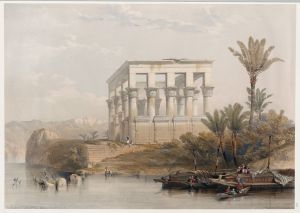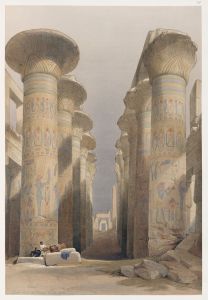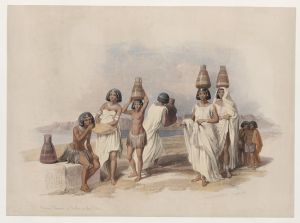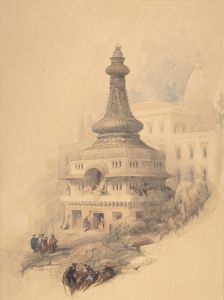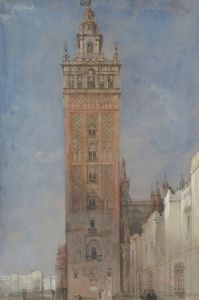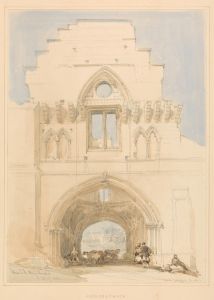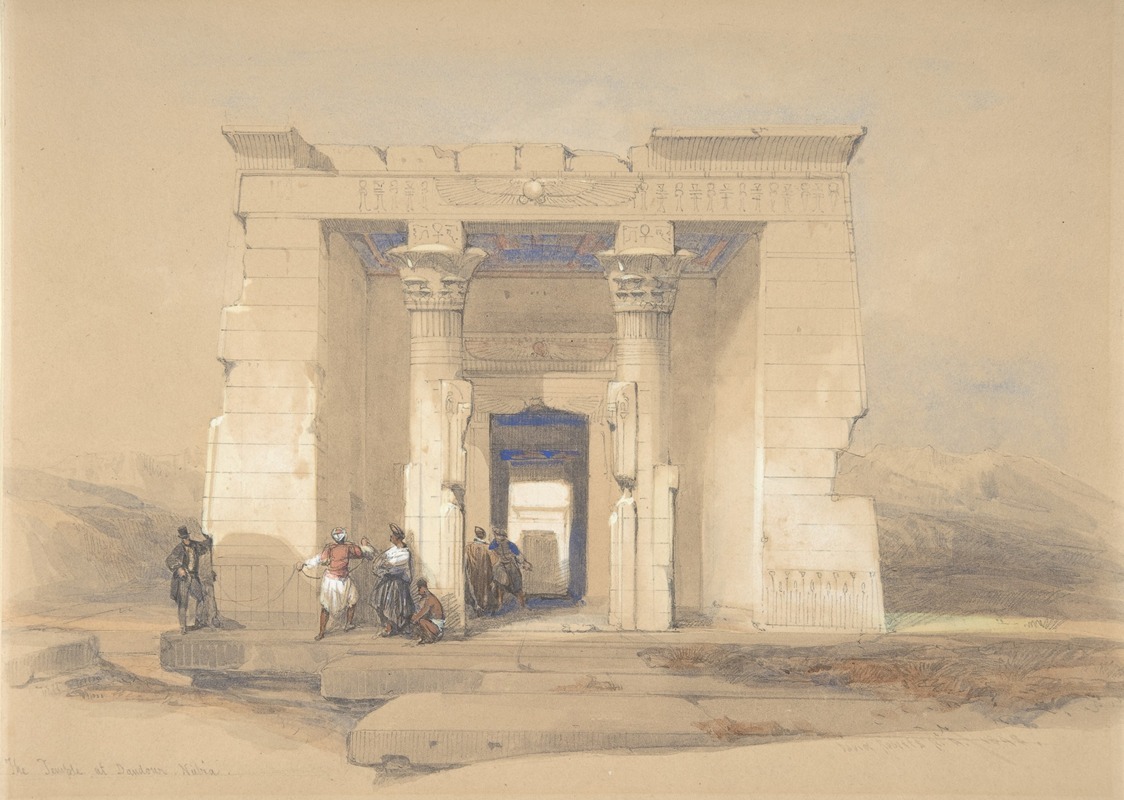
The Temple at Dendur, Nubia
A hand-painted replica of David Roberts’s masterpiece The Temple at Dendur, Nubia, meticulously crafted by professional artists to capture the true essence of the original. Each piece is created with museum-quality canvas and rare mineral pigments, carefully painted by experienced artists with delicate brushstrokes and rich, layered colors to perfectly recreate the texture of the original artwork. Unlike machine-printed reproductions, this hand-painted version brings the painting to life, infused with the artist’s emotions and skill in every stroke. Whether for personal collection or home decoration, it instantly elevates the artistic atmosphere of any space.
David Roberts was a Scottish painter known for his detailed and picturesque depictions of architectural and historical sites. One of his notable works is "The Temple at Dendur, Nubia," which captures the essence of the ancient Egyptian temple located in Nubia, a region along the Nile river in what is today southern Egypt and northern Sudan.
The Temple of Dendur was originally built by the Roman governor of Egypt, Petronius, around 15 BCE during the reign of the Roman Emperor Augustus. It was dedicated to the goddess Isis, as well as two deified sons of a local Nubian chieftain, Pediese and Pihor. The temple is a small sandstone structure, notable for its well-preserved reliefs and inscriptions that reflect the religious and cultural syncretism of the period, blending Egyptian and Roman elements.
Roberts visited Egypt and the Near East from 1838 to 1839, a journey that profoundly influenced his artistic career. During his travels, he produced numerous sketches and studies that would later serve as the basis for his lithographs and paintings. His works are celebrated for their accuracy and attention to detail, providing a valuable visual record of 19th-century Middle Eastern architecture and landscapes.
"The Temple at Dendur, Nubia" is one of the many pieces Roberts created that depict the grandeur and mystery of ancient Egyptian monuments. His portrayal of the temple captures its architectural features, including the pylon, the courtyard, and the sanctuary, set against the dramatic backdrop of the Nubian landscape. Roberts' use of light and shadow enhances the temple's three-dimensional quality, emphasizing its historical significance and the skill of its ancient builders.
In 1963, the Temple of Dendur was dismantled and relocated to the United States as part of an international effort to save Nubian monuments threatened by the construction of the Aswan High Dam. It was gifted to the United States by the Egyptian government and is now housed in the Metropolitan Museum of Art in New York City, where it is displayed in a specially designed gallery that recreates its original setting along the Nile.
Roberts' painting, along with his other works, played a crucial role in popularizing the study and appreciation of ancient Egyptian culture in the West. His art continues to be admired for its historical accuracy and artistic merit, offering viewers a glimpse into the past and the enduring legacy of ancient civilizations.





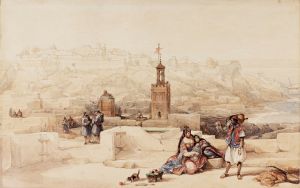
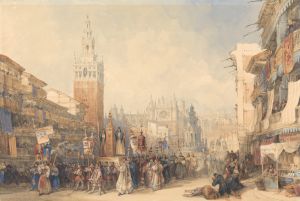
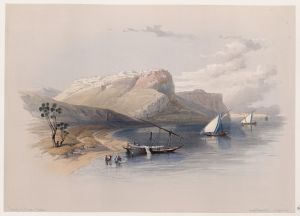
![Gate of the Metwaleys [Bab Zuwayla], Cairo.](/imgs/217486/s/david-roberts-gate-of-the-metwaleys-bab-zuwayla-cairo-669b6ca3.jpg)

![Pyramids of Gezeeh [Giza], from the Nile.](/imgs/217530/s/david-roberts-pyramids-of-gezeeh-giza-from-the-nile-56ef7f56.jpg)
![Temple of Dandour [Dendûr], Nubia.](/imgs/217545/s/david-roberts-temple-of-dandour-dendur-nubia-8921547f.jpg)
![Temple of Wady Kardassy [Qirtâsî] in Nubia.](/imgs/217550/s/david-roberts-temple-of-wady-kardassy-qirtasi-in-nubia-d2cce283.jpg)
